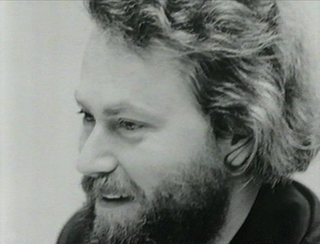Top 43 Quotes & Sayings by Donald Judd
Explore popular quotes and sayings by an American artist Donald Judd.
Last updated on April 21, 2025.
In the summer there are twelve cottonwoods around the pool, which in the winter become an elevated thicket. There is also a courtyard with a small garden of plants that stay green all year. The winter is bleak. This place is primarily for the installation of art, necessarily for whatever architecture of my own that can be included in an existing situation, for work, and altogether for my idea of living.
The art and architecture of the past that we know is that which remains. The best is that which remains where it was painted, placed or built. Most of the art of the past that could be moved was taken by conquerors. Almost all recent art is conquered as soon as it's made, since it's first shown for sale and once sold is exhibited as foreign in the alien museums. The public has no idea of art other than that it is something portable that can be bought. There is no constructive effort; there is no cooperative effort. This situation is primitive in relation to a few earlier and better times.
























